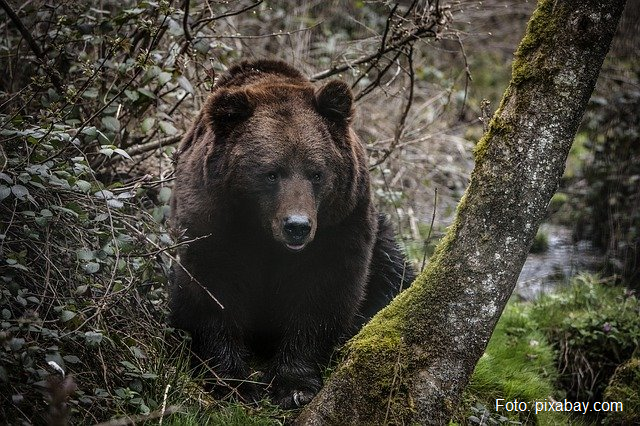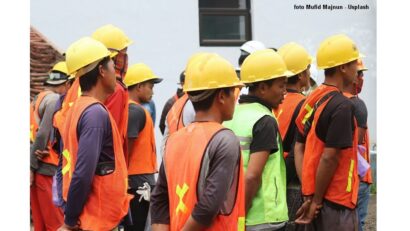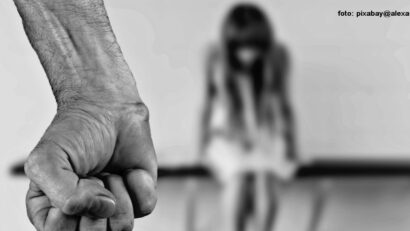Romania’s national riches
Romania's population of bears, under threat

Ana-Maria Cononovici, 02.06.2021, 14:00
The Romanian forests for many centuries now, have been a safe and most welcoming haven for the brown bears. According to World
Wild Fund Romania, around 18,000 specimens can still be found in Europe; more
than 8,000 of them live in the Carpathian Mountains, while 6,000 can still be
found on today’s territory of Romania. It is the largest brown bear population
in Europe. World Wild Fund Romania’s Livia Cimpoeru is the organization’s PR
expert, specializing in large carnivores. Livia Cimpoeru:
The bear is one of Romania’s natural
riches. That is something we cannot ignore and I think everyone agrees to the fact
that these natural riches need to be protected, because they can become extinct
and we somehow must take the responsibility for our actions, as what we consume
or what we do affects the well-being and the viability of such natural
resources.
The transport infrastructure, the urban one or the one
in the rural regions, has developed sensibly in recent years. The natural
resources, such as the mushrooms or the forest fruit have been overexploited:
no wonder then that the omnivore bear has been drawn to the areas where food was
easy to grab, that is to the areas populated by humans. Accordingly, some of
the bears become a threat to the community; many people think they should be
killed. But that is preposterous… according to Livia Cimpoeru.
World Wild Fund Romania’s philosophy to that effect says that
striking a balance between man and animal is perfectly possible. Livia Cimpoeru:
Such a balance could be provided only
when we are capable of understanding, as a nation, as a people inhabiting this
territory which has been blessed thanks to its extraordinary biodiversity, we
are the only ones, let me just say that once again, we are the only ones who
can protect such riches. As long as we lay the blame entirely on the bear or
the wolf or on other animals, for the human being-fauna conflict, we’re not
getting anywhere. The bear is a wild animal, he cannot tell the good from the
bad, so he cannot take decisions, he cannot initiate all sorts of policies and
suchlike. WE are the thinking species, the ones capable of being intelligent in
tackling such, how shall I put it, inconveniences or conflicts, so that solutions
can be found. Our activities have an obvious impact on the bears and the
overwhelming majority of the man-bear conflict are caused by the man.
The European Union’s Habitats Directive protects the
bears, which are included on the list of protected animals that cannot be
hunted down for pleasure purposes or for trophy hunting, as they say. However,
in some of the Union’s countries, Romania included, hunting aficionados resort
to the Directive’s Article 16 which stipulates several waivers regarding the
hunting of a limited number of specimens, mainly of those that are dangerous to
humans.
Arthur, arguably the king of bears in Romania, has
recently been shot. The news of the killing of an animal whose dimensions and demeanor were
impressive has become viral across the planet. According to many people, in
Romania, the faulty way in which the national authorities protect those mammals
at the farther end of the trophic chain has yet again resurfaced as a problem
that still needs to be solved. Actually, Arthur may have been shot down during
a trophy-hunting party. A waiver was allegedly issued, for the killing of a
different specimen that did a lot of damage to human households. Such practices
must become past history…but what needs to be done for that? World Wide Fund
Romania’s Livia Cimpoeru:
We, ever since 2009 and all throughout
the following years, have called for an improvement in the legislation whereby
such waivers are issued for the relocation and the harvesting (it is the technical
word used when bears are shot) ʺas ever since such waiver executive orders have
been issued, beginning 2017, if I’m not mistaken, orders did not specify what
would become of the bear carcasses, who was in involved in the process of
harvesting or relocation, what the destination was or who the end beneficiary was, of those shot animals. In
2019, we officially demanded that, in the action of harvesting no people
should be involved other than the technical staff, so that suspicions of
harvesting being a trophy hunting in disguise may not exist. And then again, we
also demanded that those problem-specimens be branded and actively monitor so
that no suspicion whatsoever may exist, related to the extraction of the
troubleshooter specimen. And Arthur is a blatant case in point. Again, we don’t
understand why, for so many years now, rapid intervention teams have not been
set up, for those areas where the bear population is obviously significant, As
we speak, we do not have a real monitoring of the bear population in Romania,
based on scientific research, we do not even have a monitoring of the habituated
bear population, which, in our jargon, designates the bears that, because of
human negligence, have associated the human beings with their source of food,
and in time, they repeatedly worked their way through to the areas inhabited by
humans.
Meanwhile, against the backdrop of the Arthur scandal,
the Environment Ministry in Bucharest has made public the fact that the
legislation has been changed, focusing on the shooting of bears posing a threat
for the communities. According to the previous legislation, a 60-day grace
period was officially allowed, from the issuing of the papers endorsing the
harvesting to its implementation. Moreover, the legislation did not clearly
stipulate who was officially allowed to shoot the animal. According to the
recently-changed legislation, no more than 15 days are allowed for the
extraction of the dangerous specimens, while that can only be done by the
technical staff of the association for which the waiver was issued. However,
Livia Cimpoeru says, the decision is welcome, but insufficient. Livia Cimpoeru:
Apart from such measures, which are
merely face-saving, I daresay, hastily taken to cool down the public opinion,
other measures need to be taken so that, longer term, we can have a harmonious co-habitation with the bear. And
by that I also mean the implementation action, the financial support for
farmers or households in the bear-populated areas, so that those people could
afford buying electric fences, watchdogs, capable of protecting their
livestock, their households and suchlike. The pack of measures was made public
last year by the former minister Costel Alexe, and we were extremely happy when
he announced the ministry would launch a financing program for such prevention
measures, but that never happened and we don’t understand why.
Also according to World Wild Fund Romania, the
Ministry of the Environment has sufficient data they could start from, in a bid
to elaborate maps of the risk areas that can be made available to specialists,
local administrations and the lay public, so that these entities can have a
clear image of the areas with the most serious problems. World Wild Fund Romania is also part of an international
project Euro Large Carnivores, a project with European funding, whereby the
co-habitation can be improved, between human beings and animals, through cross-border cooperation and communication.






























